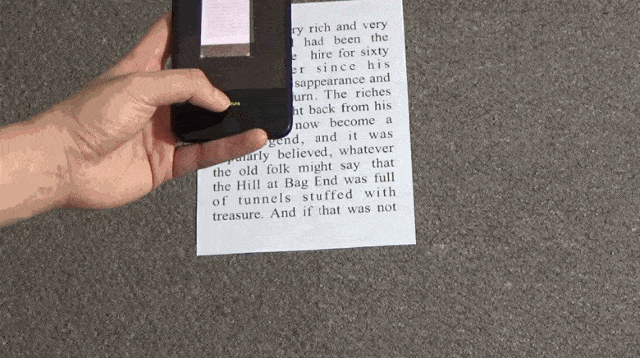Invisible ink is an espionage trick that dates back centuries. Spies in the Revolutionary War used acidic liquids like lime juice to create patterns in paper fibers that would become visible when exposed to heat, and sometimes even more sophisticated inks with special decoding solutions.
In the digital world, you won't get quite as far with a jar of juice, but the premise of secret messages hiding in plain sight hasn't gone away—it's just evolved. Researchers at Columbia University have found an ingenious way to achieve the same effect by subtly modifying text written with basic fonts like Times New Roman and Helvetica in order to imbue them with encrypted messages you'd be hard-pressed to see with the naked eye. They call it "Fontcode."
Essentially, font code just takes a secret message, translates it into numbers, and then uses those numbers to make nigh imperceptible changes in the shape or size of single characters of a font. While you can't undo this process with your brain, and may have trouble even seeing it with your eyes, neural nets trained for the job can translate the modified characters back into numbers and the numbers back into a message.
The process is slightly similar to methods that hide messages by tucking specific numbers of invisible zero-width characters in between normal letters. Those methods, while they preserve secret information as you copy and paste around the web, would lose their message if you were to print them out. Once you're on paper, invisible characters are just that: invisible. With Fontcode, on the other hand, messages could survive printing, though they wouldn't be able to survive a text editor.
The researchers behind the tech have ideas for its application beyond the obvious use in espionage and assorted sneakiness. You could use it to embed metadata in a document, for instance, so that you can include fine print and assorted information that's only visible if you're actually looking it. It could also be used for security or invisible watermarking. Whatever its ultimate use, despite the digital age, the principle behind invisible ink is still alive and well.
Source: Fontcode via Fast Company













